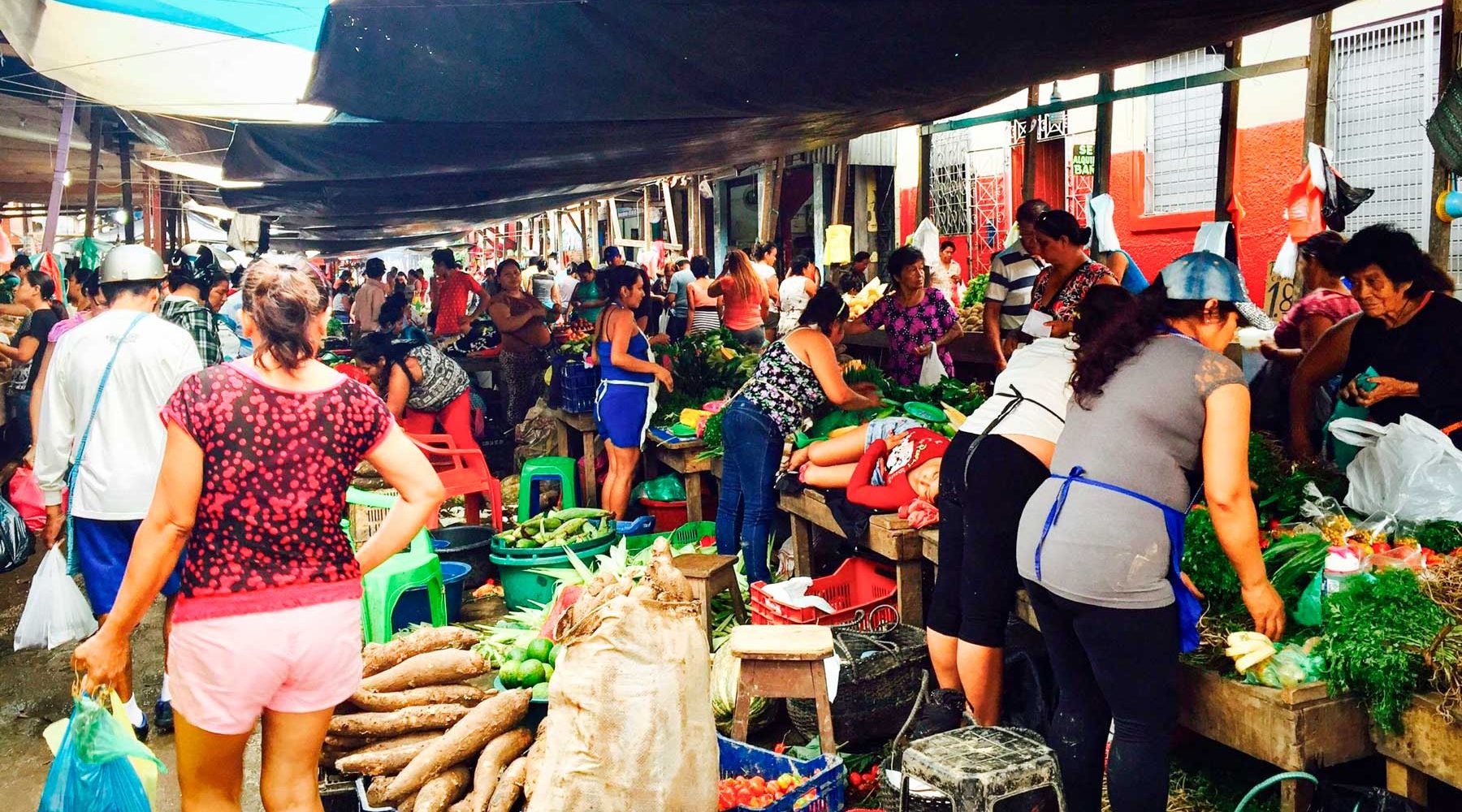
The lively and well-known Belen Market (Mercado de Belén) is situated in the Amazonian city of Iquitos, Peru. It includes several portions and is mostly found near the banks of the Itaya River, a tributary of the powerful Amazon River. In order to keep the market above the high water mark, a large portion of it is constructed on wooden stilts due to the river’s fluctuating levels throughout the year. The fact that some areas of the market are only reachable by boat is another coping strategy for rising water levels. and merchants use boats or floating platforms to market their goods. As a result, it has taken on the moniker “the floating market,” which gives it a distinct flavor.
The wide range of goods that showcase Amazonia’s flora, animals, and culture contribute to its distinct, lively ambiance. Fresh fruits and vegetables, regional specialties, freshwater fish, bush meat, handicrafts, apparel, medicinal plants, and traditional Amazonian items are among the bewildering array of products available. Nonetheless, if you can overcome this, Belen Market provides visitors with a rich cultural experience, allowing them to witness local daily life and commerce. It is an opportunity to explore the uniqueness of the Amazon region, interact with the friendly vendors … and perhaps buy a one-off souvenir.
Belén Market is more than a place to shop; it’s a cultural experience. Here, locals from surrounding villages come to trade their goods, making it a hub of social and economic activity. Visitors witness firsthand how the Amazon sustains its people through fishing, agriculture, and traditional practices passed down through generations.
The market also reflects the diversity of Amazonian cuisine. Small food stalls serve traditional dishes such as juane, tacacho with cecina, and grilled river fish, giving travelers a taste of authentic flavors. Adventurous eaters can even try Amazonian delicacies like turtle eggs or suri (grilled palm weevil larvae).
Adjacent to the market lies the Belén neighborhood, famously known as the “Venice of the Amazon.” During the rainy season, when the Itaya River swells, many houses and market areas float on wooden rafts. Exploring this area by canoe offers a unique perspective on life in a flood-prone Amazonian city.